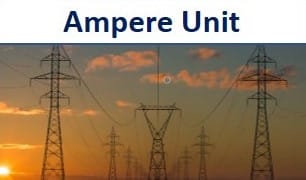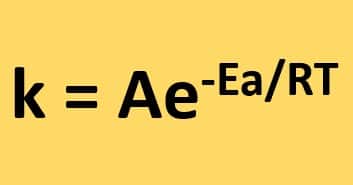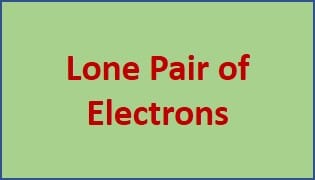The definition of velocity for an object is the rate at which the object’s position changes in relation to a frame of reference and time. It may sound difficult, but velocity simply refers to the rate at which something moves in a given direction. It is a vector quantity, which implies that to define velocity, …
Definitions
A dipole moment is simply a measurement of a molecule’s net polarity.When polar bonds are irregularly distributed around the core of a molecule, the charge distribution over the entire molecule is uneven, resulting in a polar molecule.One example of a polar molecule is ammonia (nh3).In Nh3, One nitrogen atom is covalently linked to three hydrogen …
The unidirectional movement of electric charge is known as direct current (DC). Batteries, thermocouples, solar cells, and commutator-type electric machines of the dynamo type all produce it.In simple words, the steady flow of electrons from a high electron density area to a low electron density area defines direct current.In terms of circuits involving batteries, direct current refers to a …
Alternating Current (AC) is a form of electrical current in which the flow of electrons changes direction at regular intervals or cycles. Alternating current flows through power lines and conventional residential energy that comes from a wall outlet. In contrast to direct current (DC), which only flows in one direction and cannot vary sporadically, alternating …
A conductor is a material that allows electric current to pass through it easily. It has low resistance to the flow of electricity. Conductors are used to transmit electrical power from one point to another. Some examples of conductors include copper, aluminum, gold, and silver. An insulator is a material that does not allow electric …
The potential difference between two places in a circuit is the difference in the amount of energy that charge carriers have. The quantity of current multiplied by the resistance equals the potential difference (also known as voltage).It is a measure of the energy given to the charge carriers in a circuit. Electric Potential Difference: Real-Life …
The ampere (symbol: A, sometimes informally shortened to amp) is the SI base unit used to measure electrical currents in physics. One Ampere is defined as the current that flows with an electric charge of one Coulomb per second. A flow of one ampere is produced in a resistance of one ohm by a potential …
Alimony is a term used to describe court-ordered payments made to a spouse or former spouse as part of a divorce or separation arrangement. Alimony, also known as spousal or maintenance payments in some regions of the United States, is a pre-determined amount paid to a spouse or former spouse on a regular basis after …
Osmosis definition: A process in which solvent molecules tend to move through a semipermeable membrane from a less concentrated solution to a more concentrated solution. Osmosis Definitions Daily Life Examples of Osmosis Applications Explanation Plant absorption Plants absorb water and nutrients from the soil through osmosis. Kidney function Kidneys filter waste products from the blood …
The Arrhenius equation is the foundation of all predictive expressions used to calculate reaction-rate constants because it describes the effect of temperature on the velocity of a chemical reaction.The equation is commonly written as k = Aexp(-Ea/RT), which is an exponential function. The frequency at which atoms and molecules contact in a way that causes …
The fundamental movement of ions and other chemical compounds within cells along a concentration gradient without the need for external energy is known as passive transport. Passive diffusion is another name for it. Passive Transport-Key Points Passive transport is a natural phenomenon, which does not require any external energy. It’s the biological process of biochemicals moving across …
The amount an individual receives after subtracting taxes and other deductions from gross income is known as net income, often known as net profit, net earnings, or the bottom line. Net income is the amount of money left over after all expenses, taxes, and costs have been deducted. What is Net Income? Sales minus cost …
Gross pay is defined as the total amount of money an employee receives before taxes and deductions are taken out. It is a person’s total earnings throughout a given period of time before any deductions are made. Deductions like health insurance, retirement funds, mandated taxes,| and medicare contributions are not included while calculating gross pay.The …
An au pair meaning refers to something “on equal terms”, signifying that Au pair and Host Family treat each other as equals. This program is an international cultural exchange program that enables young people to spend some time abroad, learn about different cultures and languages in exchange for help with duties related to childcare. An Au …
Lone pair of electrons refers to a pair of unshared valence electrons. They are also called unshared pairs or non-bonding pairs.Lone pair of electrons are found in the outermost electron shell of atoms. They can be identified by using a Lewis structure. Key Points- Lone Pair of Electrons Associated with one atom, and not part of a covalent bond. found in the outermost electron shell of …














